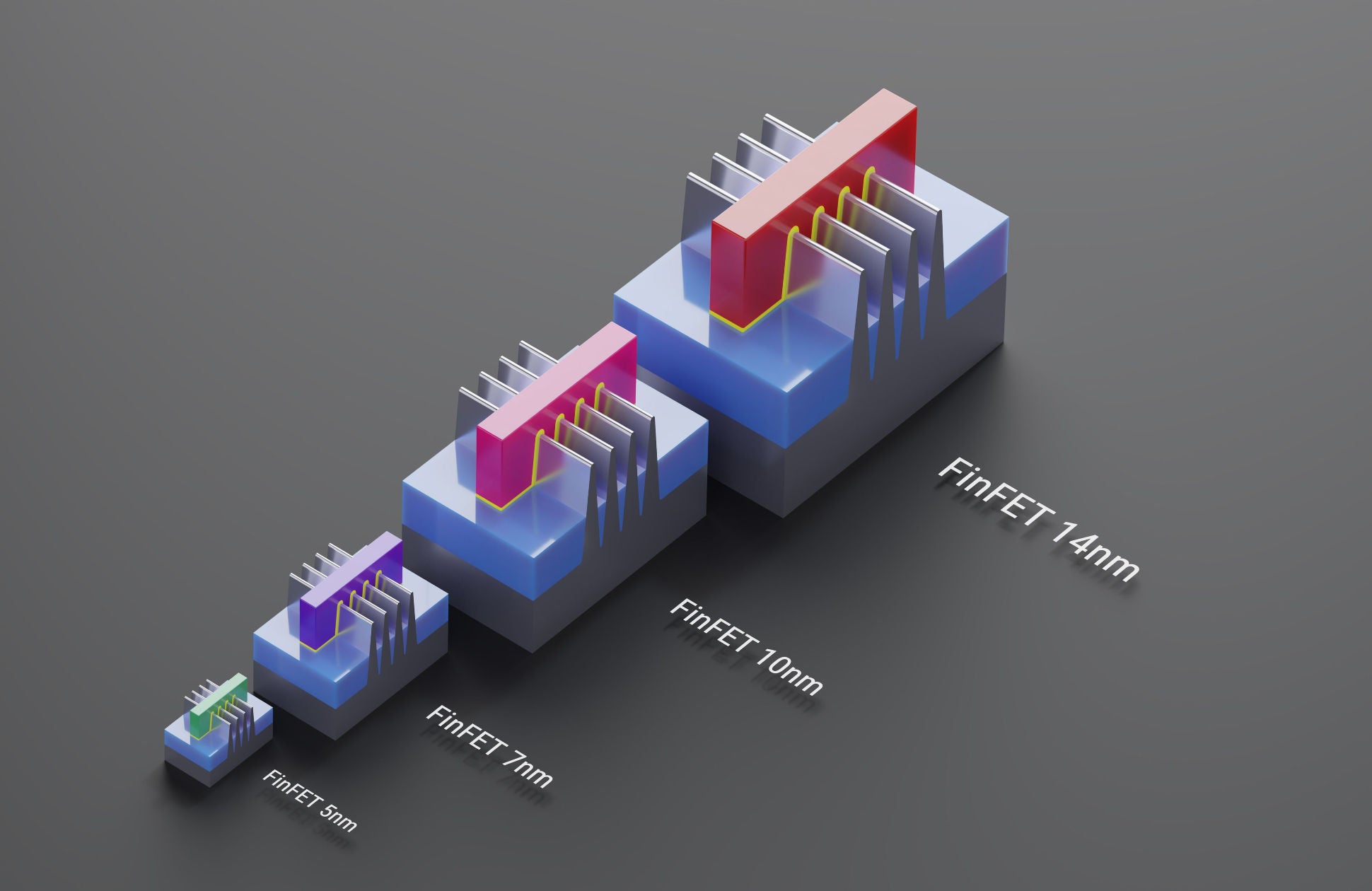
Moore’s law states that the number of transistors per chip doubles every two years. Since 1965, when Gordon Moore made this observation, it has held true and computer power has drastically increased while relative cost has decreased. But are we now nearing the end of Moore’s law?
Why is this important?
If you bought a computer in the past and ran a typical algorithm on it, a computer two years later with next-generation chips would run the algorithm twice as fast. This performance increase has facilitated vast technological and economic growth over the last seven decades. Everything from weather forecasting to AI chess players have benefitted from improved computational power. Many expect the improvements to continue in the future, but this expectation has consequences. For starters, if you argue that the solution to any of the world’s numerous problems relies upon technology improving, you are implicitly demanding that computational power will increase to enable these technological improvements.
If Moore’s law has died, computers will no longer see the same power improvements in the future. This means that many technological advances will rely purely on using more computers. This is neither efficient nor desirable for the world’s climate. Computing already accounts for around 4% of all greenhouse gas emissions and 10% of the world’s electricity usage. Growing computational costs is therefore a climate issue.
Moore’s law is dead
Moore’s law has been driven by the decreasing size of transistors. Many now argue that we are nearing the minimum transistor size. This is due to the fundamental barrier presented by the size of atoms. IBM’s current experimental transistors are only around one order of magnitude larger than the silicon atoms that are used to make them.
Regardless of this problem, the growing costs of cooling and manufacturing transistors are also killing Moore’s law. This is seen in the cost to manufacture a new chip: developing a new 10 nm chip costs around $170 million, while it is almost $300 million for a 7 nm chip and over $500 million for a 5 nm chip. And then there is Moore’s second law (otherwise known as Rock’s law) which states that the cost of a semiconductor chip fabrication plant doubles every four years.
All of these factors play into the death of Moore’s law.
How well do you really know your competitors?
Access the most comprehensive Company Profiles on the market, powered by GlobalData. Save hours of research. Gain competitive edge.

Thank you!
Your download email will arrive shortly
Not ready to buy yet? Download a free sample
We are confident about the unique quality of our Company Profiles. However, we want you to make the most beneficial decision for your business, so we offer a free sample that you can download by submitting the below form
By GlobalDataMoore’s law is alive and well
Some argue that the trend of increasing computational power is still there. This is valid if you do not view the law in its strictest sense. Instead of increasing computational power being driven by the decreasing size of transistors and scaling up of chips, it comes from advances in supercomputers, cloud computing, and new ways of writing software.
The reality: how we do computing is changing
In reality, innovation will continue beyond the shrinking of computers’ physical components. The rise of GPUs is one example of how we are using computers differently to achieve new aims, such as developing machine learning algorithms. Other techniques include artificial intelligence (AI) accelerators that perform AI tasks more efficiently. For example, this could involve data processing for machine learning algorithms.
The future: a mix of buzzwords and genuine possibilities
It is difficult to tell which of the techniques in development now will go on to redefine computing. Spintronics; non-silicon-based electronics such as graphene, carbon nanotubes, and nanomagnets; and quantum computing are examples of current research areas. However, they are all many years away from affecting computing enough to impact Moore’s law. In addition, the benefits of these possible advances vary wildly, and their applications are often more specialized than a classical computer’s uses.
In some ways, Moore’s law is unimportant now. It is more useful to talk about computer power increasing on a specific use case basis, as it is no longer the case that any code on one computer will run twice as fast two years later. In reality, a combination of supercomputers, cloud computing, and software advances will enable the growth that techno-optimists desire, but these advances should not be seen as inevitable. And finally, there is Cole’s law, which is thinly sliced cabbage…







